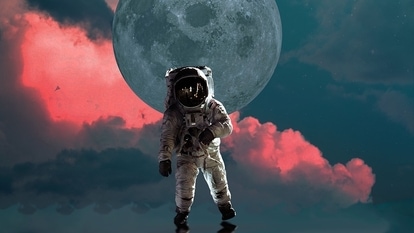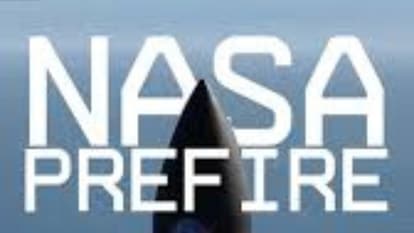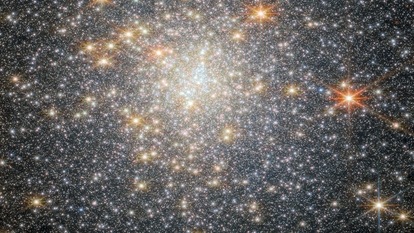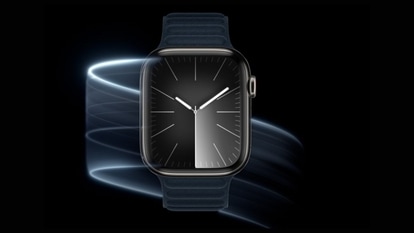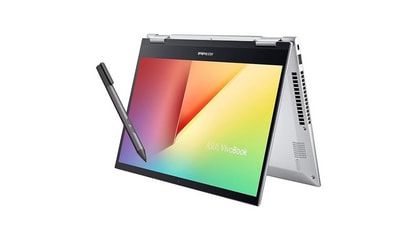Empire State Building-sized asteroid set for Earth flyby! Know close approach details
A mammoth asteroid could be making its closest approach to Earth today, August 3. NASA has revealed details such as its size, speed, distance, and more.
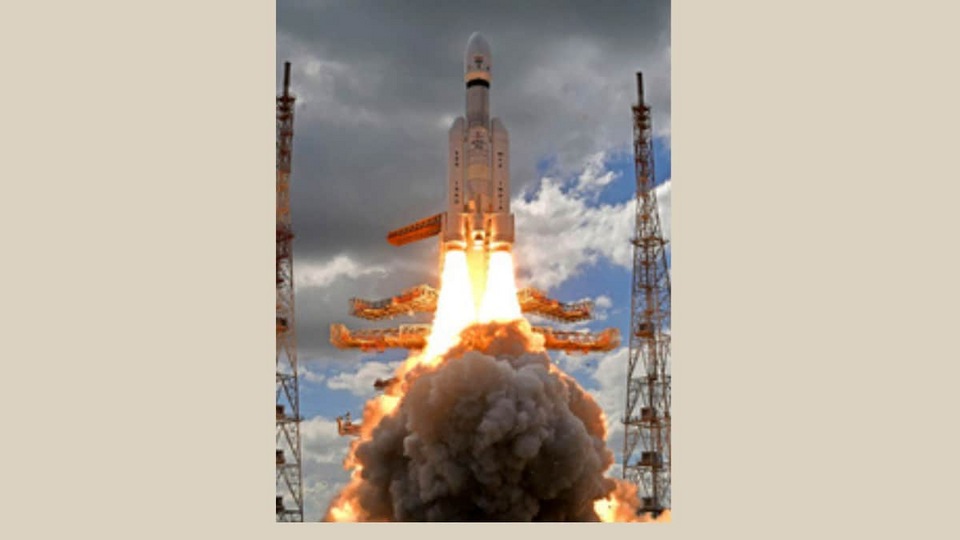
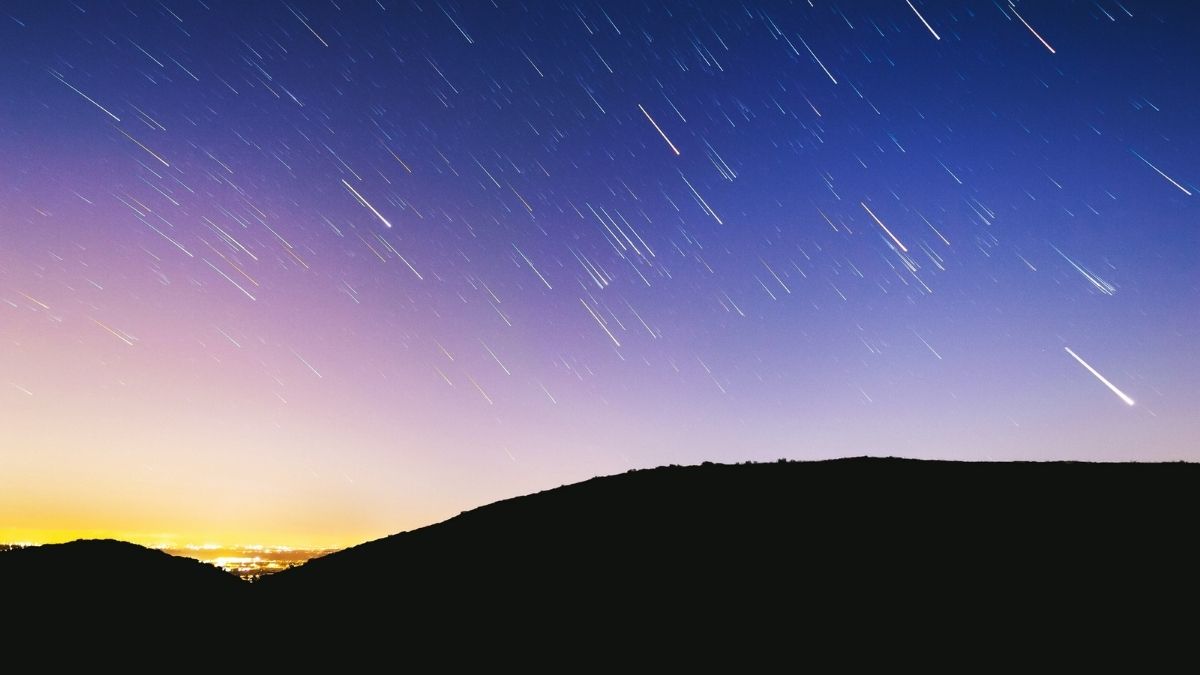
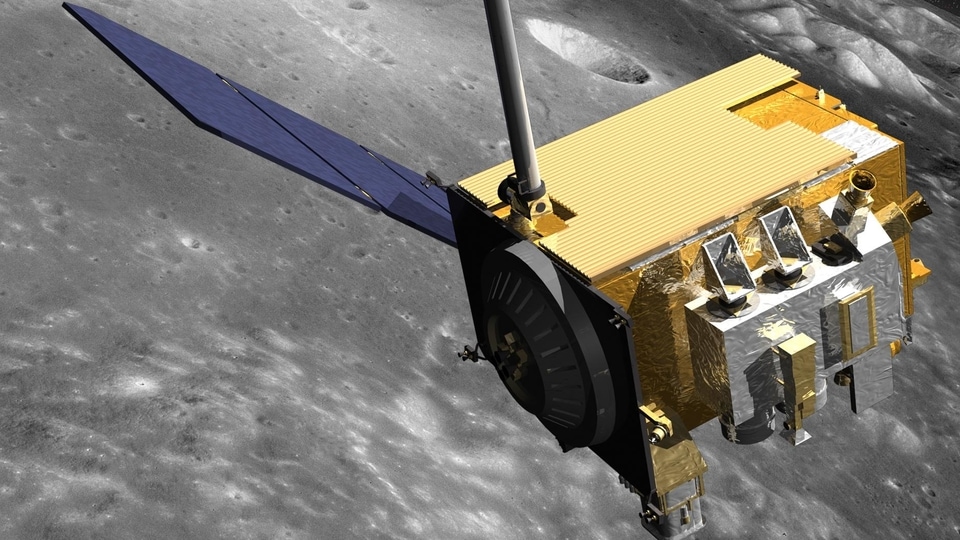
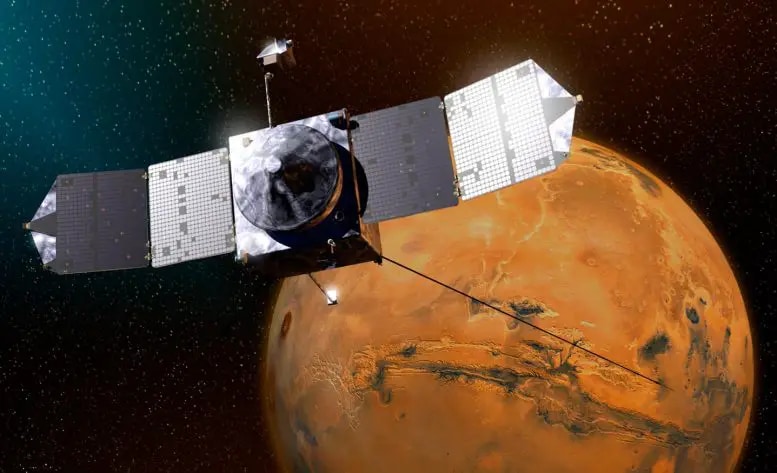

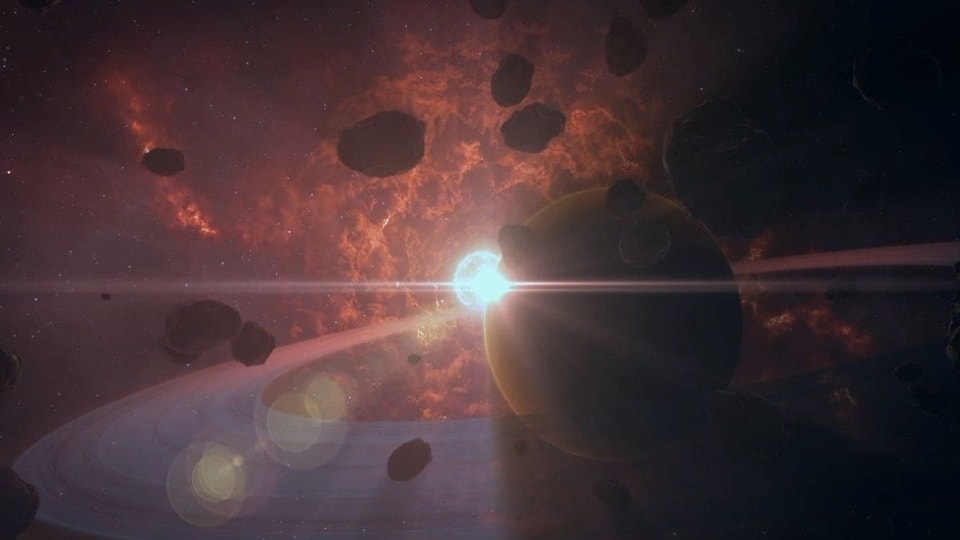
 View all Images
View all ImagesThe National Aeronautics and Space Administration (NASA) is gearing up for the big reveal of the pristine asteroid sample that was collected by its OSIRIS-REx spacecraft. During its mission, the spacecraft collected a sample from an asteroid called Bennu which has a 1/2700 chance of impacting Earth between 2175 and 2195. Studying it will not only improve our understanding of asteroids that could impact Earth but also shed light on planet formation and the origin of organics and water that could have led to life, as per NASA.
In other news, NASA has also discovered a Near-Earth Asteroid whose orbit will bring it close to Earth, and it is mammoth in size. Know details.
Asteroid 2014 QL433: Details
This Near-Earth Asteroid (NEA) is expected to make its closest approach to Earth today, August 4. Whilst this space rock will come very close to the planet, it is not expected to impact the surface. According to NASA, Asteroid 2014 QL433 will pass by Earth at a distance of around 5.3 million kilometers. It is already on its way toward the planet, travelling at a blistering speed of 74246 kilometers per hour.
Is it dangerous?
NASA's Center for Near-Earth Object Studies (CNEOS) has classified this asteroid as a Potentially Hazardous Object. These are celestial objects larger than about 490 meters that can approach the Earth within 7.5 million kilometers. According to NASA, Asteroid 2014 QL433 is nearly 1200 feet wide, meaning it is as big as the Empire State Building in New York!
The space agency has also revealed that it belongs to the Apollo group of Near-Earth Asteroids, which are Earth-crossing space rocks with semi-major axes larger than Earth's. These asteroids are named after the humongous 1862 Apollo asteroid, discovered by German astronomer Karl Reinmuth in the 1930s.
The asteroid made its first close approach to Earth nearly a century ago on August 10, 1930, as it passed by approximately 6.2 million kilometers. Interestingly, the next time this asteroid will come close to Earth will be almost a century into the future! As per NASA details, Asteroid 2014 QL433 will come close to Earth on February 20, 2120, at a distance of 5.2 million kilometers.
Catch all the Latest Tech News, Mobile News, Laptop News, Gaming news, Wearables News , How To News, also keep up with us on Whatsapp channel,Twitter, Facebook, Google News, and Instagram. For our latest videos, subscribe to our YouTube channel.








